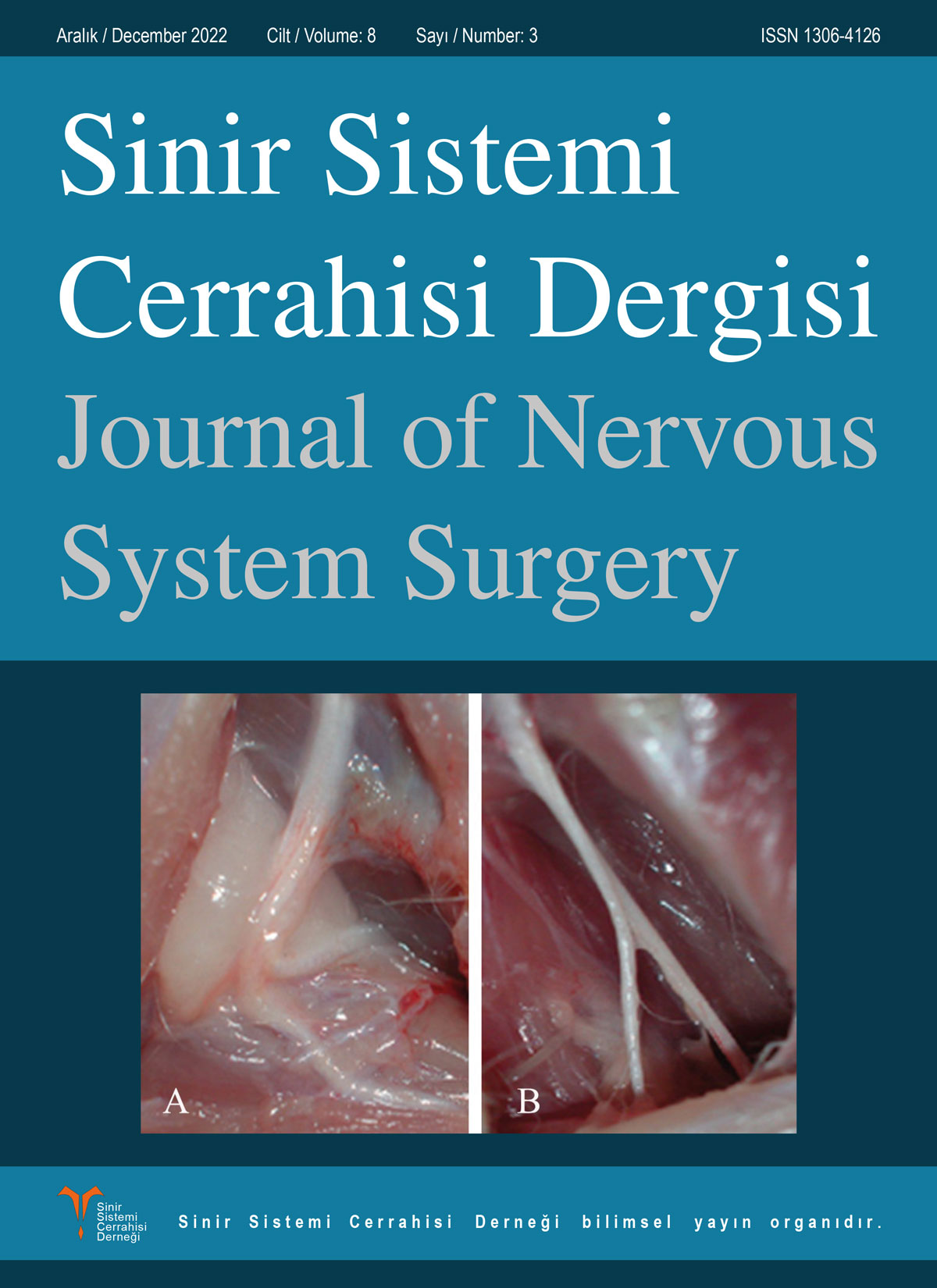Abstract
Aim: The calvarium is of primary importance in protecting our brain as a strong structure. Various metabolic tumor-like changes can be seen in the calvarium, together with malignant or benign tumoral formations. In this article, patients who were operated for benign calvarial lesions in a health center are discussed.
Material Method: The study was retrospective and in addition to demographic data such as age and sex of the patients, the complaint of application, location of the mass, previous surgery history, radiological images, lesion diameter, pathological diagnosis, type of surgery, dural involvement, recurrence, complication development, and follow-up period were noted.
Results: A total of 13 patients were included in the study. While 12 of these patients were in adulthood, only one of them was found to be a pediatric patient. It was determined that 9 patients were male. The most common complaint was a painful swelling on the head. The two most common diagnoses were fibrous dysplasia and osteoma. Intracerebral complication developed in one patient. No recurrence was observed in any patient.
Keywords: Calvarium, fibrous dysplasia, osteoma, eosinophilic granuloma, intraosseous meningioma
Copyright and license
Copyright © 2022 The Author(s). This is an open access article distributed under the Creative Commons Attribution License (CC BY), which permits unrestricted use, distribution, and reproduction in any medium or format, provided the original work is properly cited.






